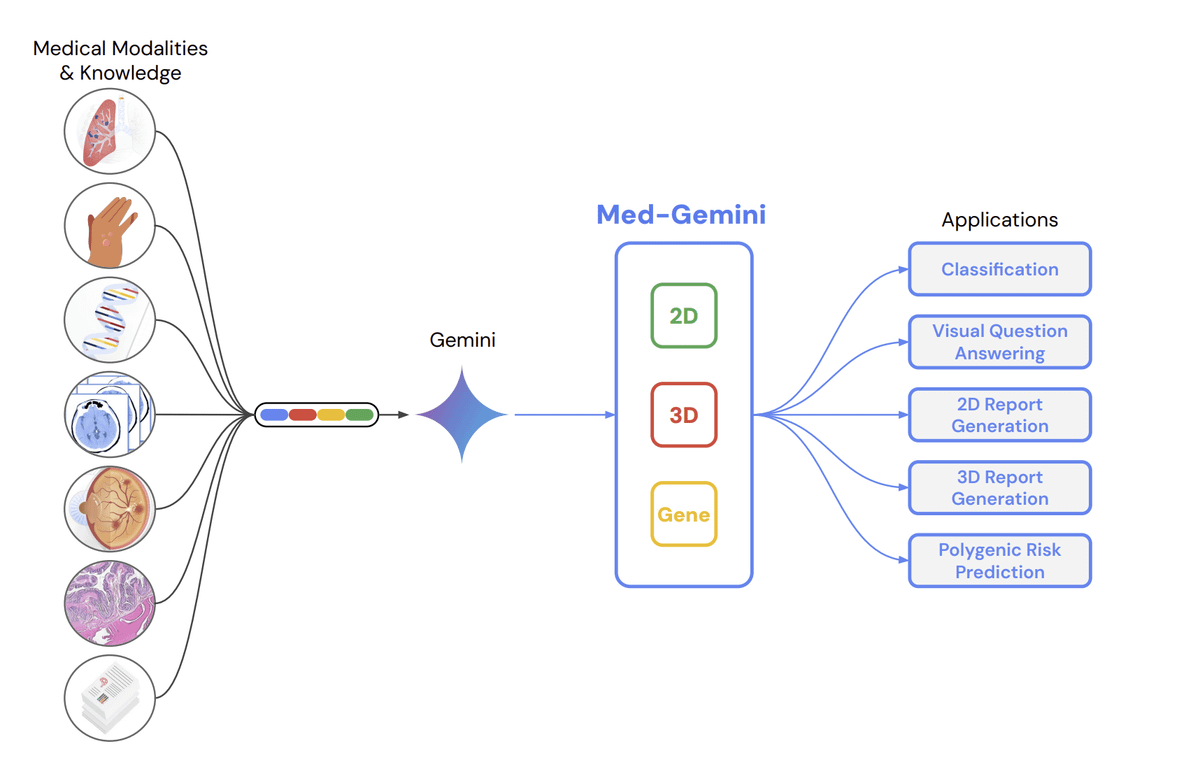While Boston Dynamics’ Atlas leaps and bounds across the internet, a lesser-known robotics company in Poland is taking a distinctly different approach to building the robots of tomorrow. Clone Robotics, founded in November 2021, is purposefully staying quiet as they develop a novel humanoid robot design inspired by the human body itself.
The key to Clone Robotics’ approach lies in their use of a biomimetic musculoskeletal system. Unlike traditional robots that rely on electric motors and rigid joints, Clone Robotics envisions a robot body that uses hydraulics to mimic tendons and muscles. This approach has the potential to revolutionize the field of humanoid robotics by creating robots with a far greater range of natural movement and dexterity than current models.
The benefits of a biomimetic design are numerous. Hydraulic muscles can provide smoother, more human-like motion compared to the jerky movements of electric motors. Additionally, this design philosophy could lead to robots that are more energy-efficient and adaptable to their surroundings. Imagine a robot that can climb stairs with the ease of a human or navigate uneven terrain without breaking a stride.
The founding team at Clone Robotics has opted to keep their development process under wraps for now. This strategic silence allows them to refine their ideas and potentially secure patents before facing the intense scrutiny that often accompanies cutting-edge robotics ventures. While details remain scarce, Clone Robotics’ biomimetic approach has the potential to be a game-changer in the world of humanoid robots.
The coming years will be crucial for Clone Robotics. As they emerge from stealth mode, the robotics community will be eager to see if their unique approach can deliver on its promise. If successful, Clone Robotics could disrupt the humanoid robot market and pave the way for a new generation of machines that are more agile, efficient, and capable of working alongside humans in a variety of settings.






Leave A Comment